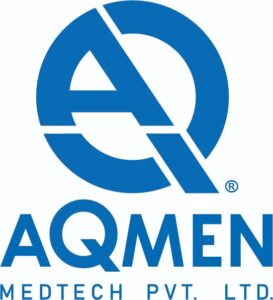Venous ulcer
Typically, venous ulcers develop around the inside of the ankle and below the knee. Occasionally, there is little to no pain, unless the ulcer is inflamed. Venous ulcers can be painful in various situations.
What Is Venous Ulcer?
Typically, venous ulcers develop around the inside of the ankle and below the knee. Occasionally, there is little to no pain, unless the ulcer is inflamed. Venous ulcers can be painful in various situations.
When the vein in your leg fails to push the blood in the vein blood back to the heart, a venous ulcer, also known as a stasis ulcer, develops.
Causes
- If there’s an issue with the blood flow in your leg veins, a venous leg ulcer may form soon after a minor injury. The pressure inside the veins rises if this occurs. The little blood vessels in your skin can gradually become weak due to this persistently high pressure.
- Because of this, a shock or scratch can easily cause your skin to rupture and become an ulcer.
Symptoms
- Leg swelling and cramping.
- Dull ache or feeling of heaviness in the leg or calf.
- Itchiness and tingling, red-coloured skin.
- Signs of pooling blood, including dark red, purple, and brown spots with hardened skin.
- Skin surrounding the ulcers may be shiny, tight and warm, or hot to the touch.
- The borders of the ulcers may be unevenly shaped
Treatment
- Leg compression is essential for the healing of venous lesions. For this therapy, compression stockings are most usually applied. The compression dressing’s pressure balances the leg’s veins’ pressure, promoting skin healing.
- Ankle boots placed around the lower leg, from the tips of the toes to just below the knee, using damp gauze. After drying, the gauze forms a tight boot on the leg. The support from the boot aids in enhancing vein blood flow and ulcer healing.
- Growth factors-therapeutic drugs injected into the wound in an effort to encourage the development of new tissue and Operation or vein ligation. When non-living tissue prevents a wound from healing properly, minor surgery (wound debridement) or vein ablation (a nonsurgical method that closes a vein) may be used to remove it.
- Transparent dressings-A support stocking is worn over the dressing to help hold it in place and improve circulation in the extremity.

